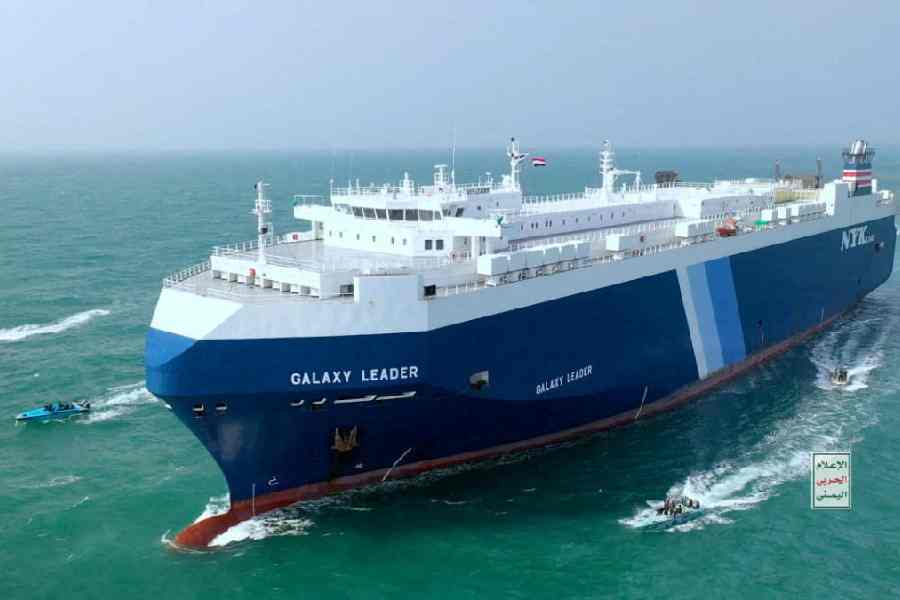The Modi government will review the impact of the Red Sea crisis on the country’s trade next week and explore options to help shipments.
As officials prepare to brief the Prime Minister’s Office next week, concerns simmer over rising freight costs, extended delivery times and potential disruptions to crucial supply chains.
Sources said the commerce ministry officials will meet PMO officials on February 12 to brief them on the current situation based on interactions with other ministries and departments including shipping, external affairs and finance.
In the short term, freight costs have risen along with delays in delivery as exporters ferried shipments across the Cape of Good Hope to avoid the Red Sea.
“The government has directed Export Credit Guarantee Corporation Ltd (ECGC) to maintain a moratorium on rates of insurance for the Indian exporters. ECGC continues to provide insurance cover to the exporters,” Anupriya Patel, minister of state for commerce and industry, said in the Lok Sabha on Wednesday.
“Further, ECGC has not refused cover for export shipments routed through the Red Sea and the credit risk cover is being provided based on the risk assessment and credit worthiness of overseas buyers and terms of payment,” the minister said.
The commerce ministry had earlier urged the finance ministry to provide easy credit to exporters to help them tide over the situation.
India Ratings and Research said sustained disruptions of the Red Sea route could significantly affect India’s foreign trade. The impact is likely to raise the freight & forwarding (F&F) cost as a percentage of total cost by 25-30 per cent for the companies largely dealing in international trade.
The working capital cycle is likely to aggravate by 15-20 days, and the impact could be higher for sectors such as agri and textiles.
Pressures on cash flow, although moderate for large entities, will further increase borrowings, especially for sectors such as iron and steel, auto and auto ancillaries, chemicals and textiles which have seen a rise in net leverage in the first half of 2023-24.
“The challenge is significant for the entities having low-value addition and therefore thin margins. Although large entities have adequate elbow room to accommodate such incremental costs, delays and disruptions in supply chains will be key factors to watch for,” Soumyajit Niyogi, director, of core analytical group, Ind-Ra said.
“For medium-sized entities, the challenge is two-fold, both cost and supply and consequently working capital cycle. These entities have not benefited much from the softening of commodity prices, as free cash flow has remained sluggish for most of them,” Niyogi said.
“Players operating in sectors such as textiles, chemicals and capital goods may not be immediately impacted because of better ability to pass on higher costs, or because of a weaker trade cycle. But a prolonged crisis over the next few quarters can make these sectors also vulnerable as working capital cycles would get stretched with orders put on hold,” Crisil said in a report.

